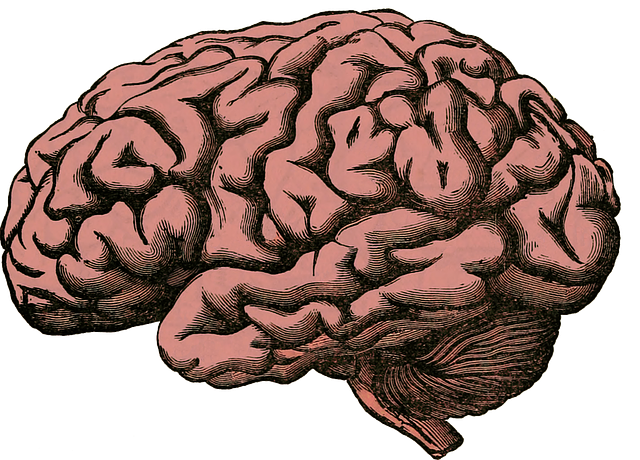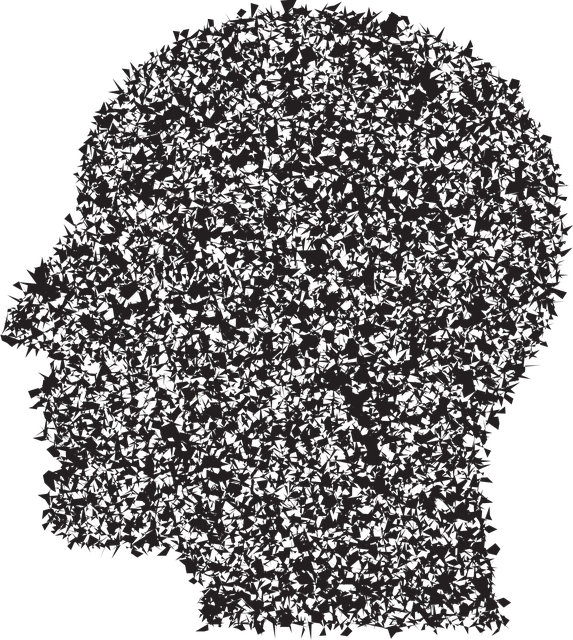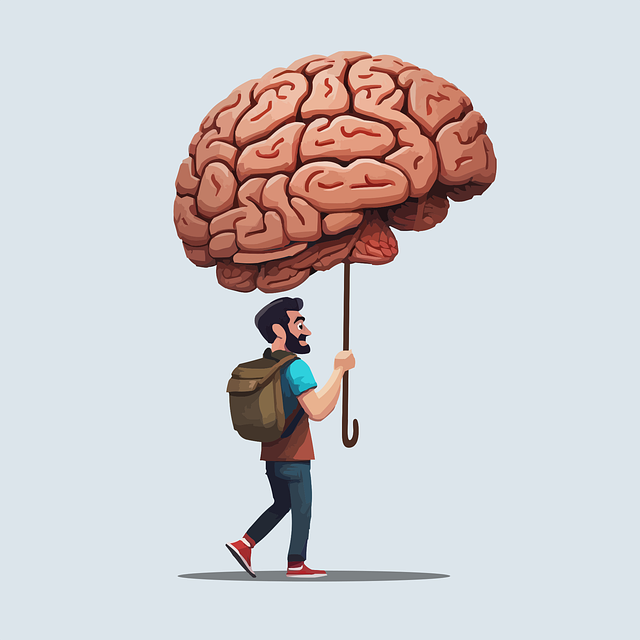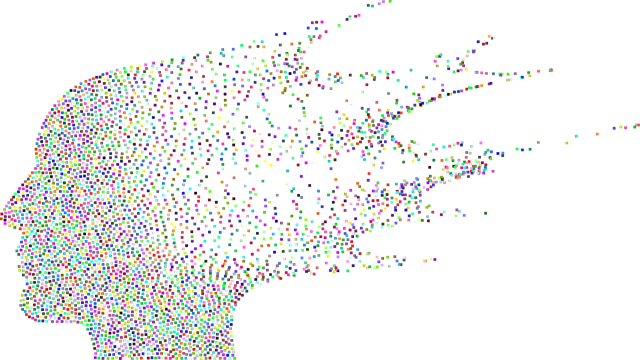Longmont Bilingual Therapy leverages the RFM framework to build resilience by cultivating internal strengths, skills, and external social connections, enhancing emotional healing. They integrate mindfulness practices and healthcare provider cultural competency training, promoting self-awareness, cultural sensitivity, and effective communication. Customized activities tailored to diverse needs, age groups, and language proficiency levels foster engagement and accessibility, especially for trauma support. Longmont Bilingual Therapy employs both qualitative and quantitative methods to measure success, ensuring programs cater to individual client needs and fostering personalization and effectiveness.
“Resilience is a vital skill in today’s fast-paced world, and the RFM (Resilience, Flexibility, and Mobility) model offers a structured approach to building it. This article explores the transformative power of RFM exercises, drawing on the successful implementation at Longmont Bilingual Therapy. We delve into the role of RFM in fostering resilience, present a case study highlighting its impact, offer strategies for tailoring exercises to diverse needs, and discuss methods for measuring the effectiveness of these interventions. Discover how RFM can empower individuals to navigate challenges with strength and adaptability, as demonstrated by the innovative practices at Longmont Bilingual Therapy.”
- Understanding RFM and Its Role in Resilience Building
- Longmont Bilingual Therapy: A Case Study on Effective Implementation
- Designing Resilience Exercises for Diverse Learning Needs
- Measuring Success: Evaluating the Impact of RFM Exercises
Understanding RFM and Its Role in Resilience Building

Resilience is a critical component of overall well-being, enabling individuals to navigate life’s challenges with strength and adaptability. Longmont Bilingual Therapy recognizes this, integrating resilience-building exercises into their therapeutic approaches to empower clients. At its core, RFM (Resourceful Front-end Management) is a powerful framework that facilitates this process.
RFM focuses on identifying and cultivating resources, such as strengths, skills, and social connections, which are fundamental to emotional healing processes. By teaching individuals how to leverage these internal and external assets, Longmont Bilingual Therapy equips them with the tools necessary to confront and overcome adversity. This approach is further enhanced through complementary practices like Mindfulness Meditation and the Healthcare Provider Cultural Competency Training, which promote self-awareness, cultural sensitivity, and effective communication—essential elements for building lasting resilience.
Longmont Bilingual Therapy: A Case Study on Effective Implementation

Longmont Bilingual Therapy serves as a compelling case study for effectively implementing RFM (Resilience, Flexibility, and Mastery) exercises within a therapeutic setting. By focusing on these key areas, the therapy program has achieved remarkable success in enhancing clients’ emotional regulation and communication strategies. The approach emphasizes learning from challenges, fostering adaptability, and developing effective coping mechanisms, all of which are crucial elements for stress management.
Through structured activities tailored to individual needs, Longmont Bilingual Therapy helps participants build resilience by navigating complex situations. This holistic method not only addresses the immediate concerns but also equips individuals with lifelong skills to handle various stressors. The case study highlights how such interventions can significantly improve overall well-being and quality of life, making it a valuable resource for understanding best practices in RFM implementation.
Designing Resilience Exercises for Diverse Learning Needs

At Longmont Bilingual Therapy, we recognize that resilience is a vital skill for individuals to navigate life’s challenges and build a strong foundation for mental well-being. Designing effective resilience exercises requires consideration of diverse learning needs within our community. This involves tailoring activities to cater to various cultural backgrounds, language proficiency levels, and age groups. For instance, incorporating cultural elements into exercises can enhance engagement and make trauma support services more accessible.
Our healthcare provider cultural competency training underscores the importance of this approach. By integrating different cultural practices and storytelling techniques, we create inclusive environments that resonate with participants from varied backgrounds. Additionally, offering a range of Stress Reduction Methods allows individuals to choose activities aligned with their preferences, ensuring everyone can benefit from building resilience in their own unique way.
Measuring Success: Evaluating the Impact of RFM Exercises

Measuring success is a vital aspect of any therapy or education program, and this is no different when implementing Resilience, Flexibility, and Mindfulness (RFM) exercises. At Longmont Bilingual Therapy, we believe in using both qualitative and quantitative methods to evaluate the impact of these powerful tools. By assessing changes in participants’ emotional healing processes and self-awareness exercises, we can gain valuable insights into their progress.
Through regular sessions and post-program surveys, we collect data that helps us understand how RFM has influenced their mental health and overall well-being. This approach ensures that our programs are designed with the specific needs of our clients in mind, fostering a more personalized and effective experience. By measuring success, we can adapt and enhance our Emotional Healing Processes, ensuring that each individual leaves our therapy with the resilience they need to navigate life’s challenges.
The implementation of Resilient Flexibility and Mindfulness (RFM) exercises has proven to be a powerful tool in fostering resilience, as exemplified by the success of Longmont Bilingual Therapy. By integrating RFM into educational settings, we can create environments that cater to diverse learning needs, enhancing students’ ability to navigate challenges. Measuring the impact of these exercises is crucial, and the case study presented here serves as a starting point for further exploration. As we continue to refine and adapt these strategies, we move closer to ensuring that all individuals, regardless of their background or abilities, can build resilience and thrive in today’s dynamic world, with Longmont Bilingual Therapy as a beacon of effective implementation.









